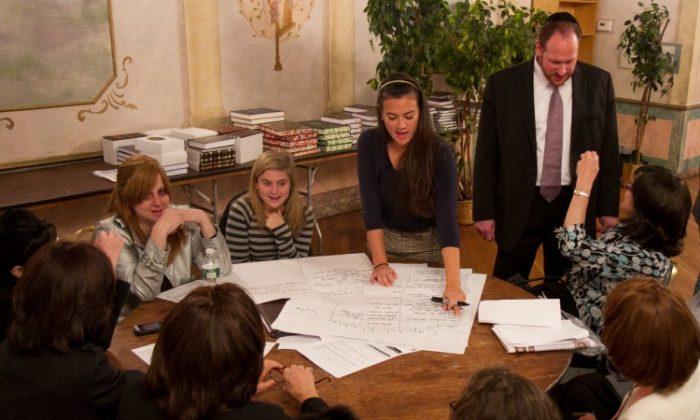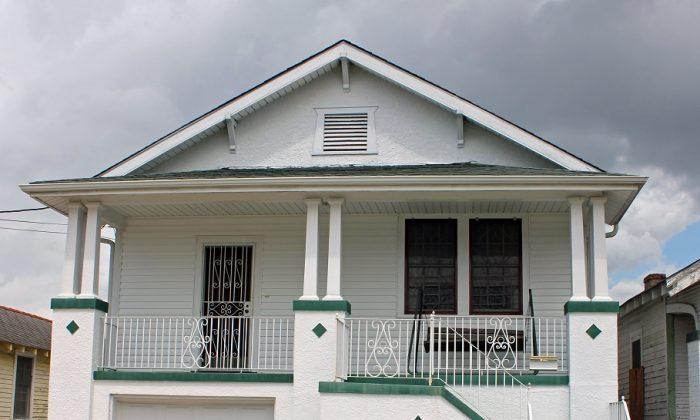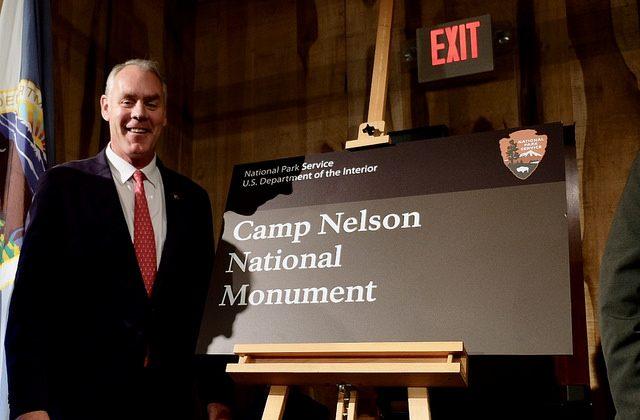NEW YORK—Each year City Council members are given millions of dollars in discretionary money to be spent on improvements specific to their districts.
This year eight council members—including four who participated last year—have elected to give the power to the people on how at least $1 million of their discretionary dollars will be spent, through a process called participatory budgeting (PB).
“A lot of times you come to meetings and make suggestions, but you really will have a significant say in this. This is not hypothetical,” Councilman David Greenfield assured approximately 30 people who showed up to the first PB meeting in Borough Park, Brooklyn, last Thursday. “This is a million dollars I have committed, that will be spent, and it will be spent by you.”
Councilman Greenfield, a staunch supporter of transparency in government funding, will be undertaking PB for the first time this year after watching the process closely during its inaugural year in New York City last year.
“The reason we waited a year was because we wanted to make sure this system works for us, especially considering it is a lot of money in play,” Greenfield said.
Community Engagement
The PB process is much more than asking “what would you do with a million dollars?” Starting in September, it is a seven-month journey that not only gives community members a say in how money is spent, but a look into how their local government works.
“The whole process is an exercise in civic engagement,” Councilwoman Melissa Mark-Viverito, who participated in PB last year, said at a PB seminar at Baruch College last Thursday. “People who are a part of this process are learning about the budget, the challenges that we, as their elected officials representing them, have in trying to get certain things funded.”
In September and October, community members met in neighborhood assemblies where project ideas were discussed, viability decided, and voted on. Each idea that is selected to move forward will have a delegate assigned to lead the project through to the next phase.
During the first neighborhood assembly in Greenfield’s district last Thursday, people proposed Wi-Fi in parks, countdown clocks at crosswalks, bus shelters, and playground renovations.
A group of women representing Ezras Nashim, an organization that trains women in emergency care for a women’s volunteer medical service, came out to pitch ideas to help out their organization.
“The costs of running the organization are going to be quite high, so we came here to try and get some government funding to help defray the costs of running the organization,” said Rachel Freier, an attorney who advocates for the group.
The women proposed medical kits for the emergency medical technicians, dispatching equipment, and an ambulance.
Their proposals, as well as the bus shelter, and playground restoration for PS 180 were voted on and delegates will be selected for each proposal.
To ensure no neighborhood is left out Greenfield will repeat this process in each of the neighborhoods in his district (Midwood, Borough Park, Bensonhurst), taking the top voted project in each neighborhood. That is not a part of the PB rules, but something Greenfield felt was fairer and would increase participation in each neighborhood.
From October to February the delegates have their meetings and develop proposals for their projects. During this phase they will meet with officials to help develop viable proposals to ensure that, if chosen, the projects will meet the requirements from the city agencies in charge.
In February the final proposals for each project will be showcased and the community is given a chance to give feedback before the final vote in March.
The winning projects are funded with the city budget that is approved at the end of June, although there is no firm timetable on when the project will actually be built. Some projects could take up to three years, depending on the agency, but monitoring committees have been established as part of the PB process to ensure the projects do get built.
“Part of the process is an education process for them as well,” Greenfield said. “They are experiencing the same frustration I experience every single day. There is a very complicated, bureaucracy that prevents us from getting things done quickly and efficiently.”
Not For All
While the number of districts participating in PB doubled after its introductory year, 42 council members are still allocating their discretionary funds without it. That does not mean, however, that council members are not taking in community input.
Gale Brewer, councilwoman from the Upper West Side’s District 6, one of the most compact districts in the city, has been working in her district since 1978, and has been a council member since 2002. She said she supports PB, but does not feel it would be beneficial to her.
“I really know my district. I think if I didn’t really know the district or if it was one of many neighborhoods, then I would think participatory budgeting would make a lot of sense,” Brewer said by phone Sunday.
Through the years she has collected a list of all the nonprofits in her district and emails them prior to the budget season to ask for suggestions.
Letitia James, councilwoman of district 35 in Clinton Hill and Fort Greene in Brooklyn, said via email that community boards and various other community groups provide a form of participatory budgeting in her district.
With this year’s PB just getting underway, no determination has been made on which council members will participate next year. But the sentiment among the citizen’s appears to be growing.
“I think it is important. It is so nice it is available to the public,” Judy Berger said during Councilman Greenfield’s PB meeting last Thursday. “We pay taxes. Why shouldn’t the people have a say?”
The Epoch Times publishes in 35 countries and in 19 languages. Subscribe to our e-newsletter.
Please send news tips to [email protected]










Friends Read Free